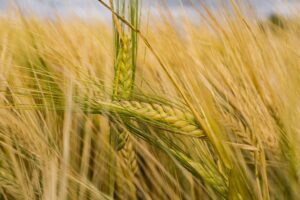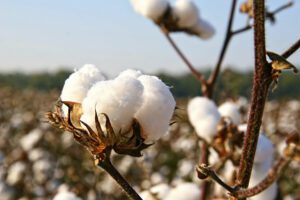Dinotefuran 20% SG: Providing Effective Systemic Insecticide Action for Crop Protection
Description
Dinotefuran 20% SG is an innovative systemic insecticide designed to combat the Rice Brown Plant Hopper (BPH) with its rapid knockdown action and extended control duration. This advanced solution offers an effective means of safeguarding rice crops from the damaging impact of BPH, a major pest that can significantly reduce yields.
Mode of Action
Dinotefuran works through a systemic mode of action, making it highly effective in pest management. Upon application, the insecticide is absorbed by the plant’s vascular system. As the plant’s sap circulates, it carries the insecticide throughout its tissues, including leaves, stems, and even the plant’s upper portions. This systemic action ensures that any feeding BPH come into contact with the toxin and succumb to its effects. The result is a quick knockdown of the pest population, leading to more efficient and sustained control.
CROPS
Rice

TARGET PEST/ DISEASE
Brown plant Hopper
DOSE PER ACRE
60-80 gm
Cotton

TARGET PEST/ DISEASE
White Fly, Jassids, Aphids & Thrips
DOSE PER ACRE
50-60 gm
Dinotefuran 20% SG is primarily formulated for use in rice crops, offering a targeted solution to combat the Brown Plant Hopper. Its systemic nature allows the insecticide to be absorbed and distributed effectively within the rice plant, ensuring comprehensive protection.
Target Pest/Disease
The main target pest for Dinotefuran 20% SG is the Brown Plant Hopper (BPH), a notorious pest in rice cultivation that causes substantial economic losses due to its destructive feeding habits. Dinotefuran 20% SG provides an effective means of controlling BPH populations, helping farmers mitigate the detrimental impact of this pest on their rice yields. Additionally, Dinotefuran 20% SG extends its efficacy to cotton crops, targeting a range of pests including White Fly, Jassids, Aphids, and Thrips.
Dose per Acre
For rice cultivation, the recommended dosage of Dinotefuran 20% SG is between 60 to 80 grams per acre. This precise dosage ensures optimal control over BPH populations, minimizing damage and maximizing crop yields. In cotton crops, the recommended dosage ranges from 50 to 60 grams per acre, targeting the specified range of pests effectively.
Features & Benefits
Quick Knock Down Effect: One of Dinotefuran 20% SG standout features is its rapid knockdown action. Upon contact, the systemic insecticide starts working swiftly, delivering a lethal blow to BPH and other targeted pests. This quick action helps prevent further damage to crops and contributes to healthier plant growth.
Resistance Management: Dinotefuran 20% SG stands out as an effective solution even against BPH populations that have developed resistance to other insecticides. This feature makes it a valuable tool in integrated pest management strategies, ensuring sustainable pest control practices.
Systemic and Translaminar Action: The systemic and translaminar nature of Dinotefuran 20% SG action enables the insecticide to be absorbed by the plant and move efficiently through its tissues, including the upper and lower leaf surfaces. This thorough distribution enhances protection against pests that may feed on different parts of the plant.
Rainfastness: Dinotefuran 20% SG boasts rainfastness, remaining effective even after exposure to rain or irrigation. This attribute ensures that the applied insecticide adheres to the plants, maintaining its potency and extending its control period.
Extended Duration: Dinotefuran 20% SG offers longer-lasting control of pests, contributing to reduced application frequency and improved overall crop health. By providing extended protection, it allows crops to reach their full potential without being compromised by pest pressure.
In conclusion, Dinotefuran 20% SG, represents a cutting-edge solution in modern agricultural pest management. With its systemic mode of action, it effectively controls the Brown Plant Hopper in rice crops while also proving valuable in protecting cotton crops from a range of damaging pests. Its various features, including rapid knockdown action, resistance management capabilities, and systemic-translaminar activity, make it an invaluable tool for farmers striving for optimal yields and sustainable pest management. Moreover, its rainfastness and prolonged efficacy further contribute to its reputation as a reliable and long-lasting insecticide, ensuring that crops remain protected for extended periods.

